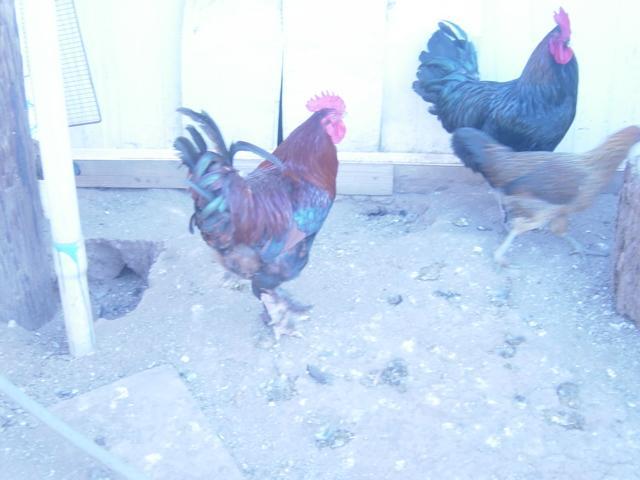
It may be short, I don't have a comparision in real life. Here's another pic, Roo 1 and 3. It's so darn hard to get pics, they act like you're gonna shoot them with a gun, not a camera. Is there a measure, say like they should be 10 inches long.... Or X long in comparision to Y? I just don't know how to interpret "long".
Renee
S CA






